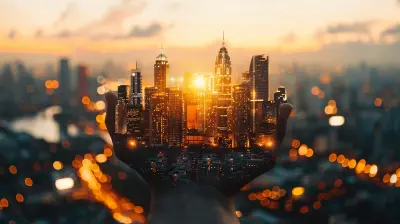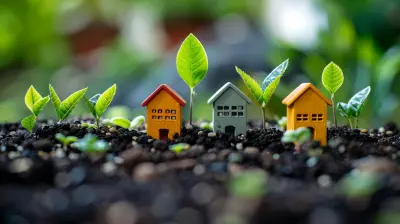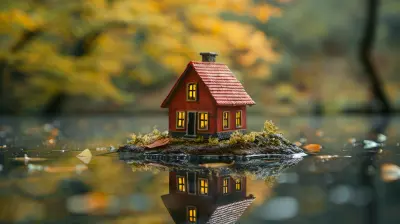Eco-Friendly Upgrades to Consider for Your Suburban Home
15 August 2025
Going green isn’t just a trend—it’s a necessity. With climate change knocking on our doors, every little step toward sustainability counts. If you own a home in the suburbs, you have a golden opportunity to make eco-friendly upgrades that not only help the environment but also save you money in the long run.
You don’t have to go off-grid or install a wind turbine in your backyard (unless you want to). But small, thoughtful changes can make a huge impact. So, let’s dive into the best eco-friendly upgrades to transform your suburban home into a sustainable paradise.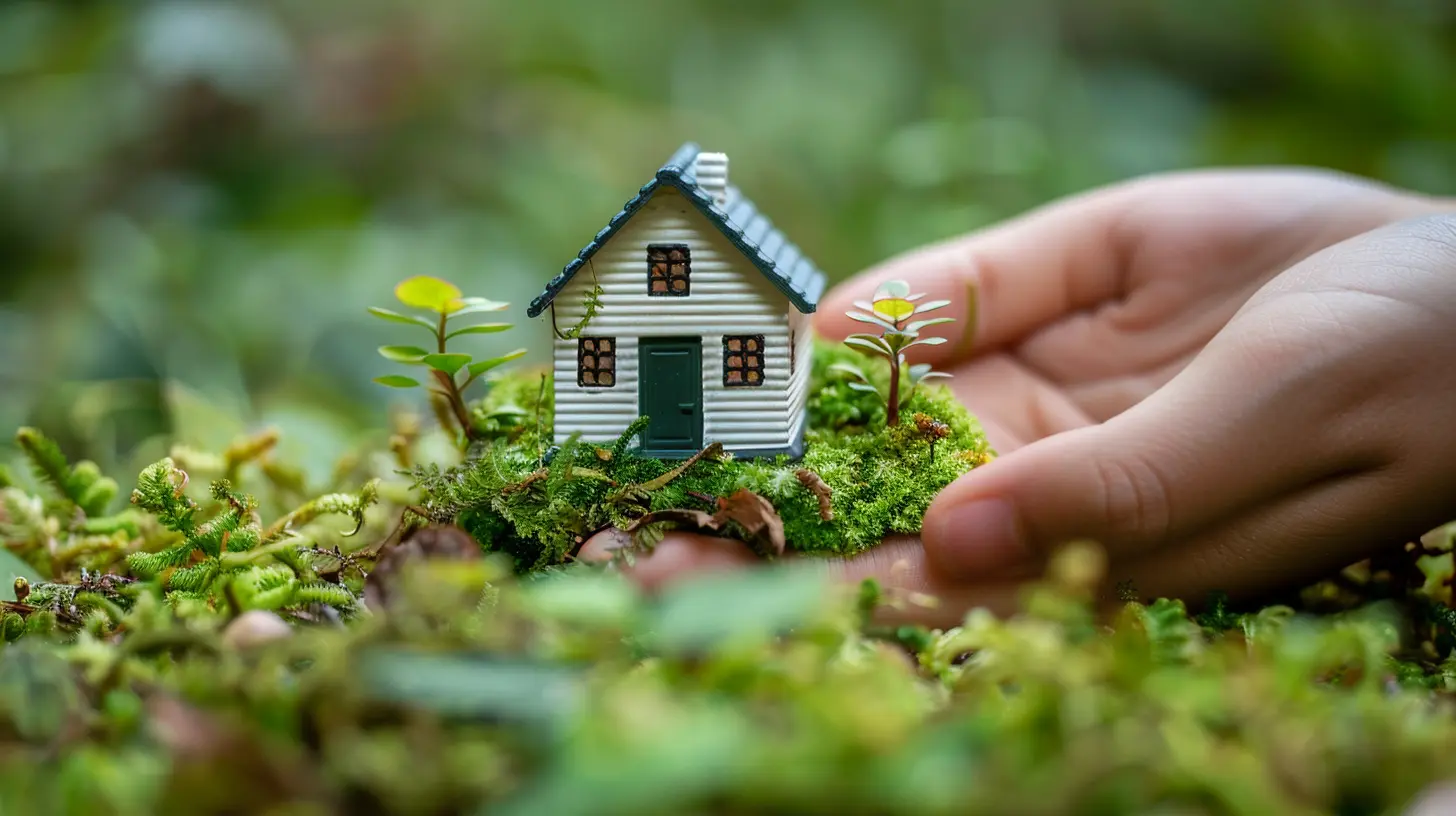
1. Solar Panels: The King of Green Energy
Let’s start with the big one—solar panels. If you haven't considered them yet, you’re leaving serious money on the table. Harnessing the power of the sun can slash your electricity bills and reduce your carbon footprint.Why go solar?
- Lower energy costs: Say goodbye to those ridiculous electricity bills.
- Tax benefits: Many states offer solid rebates and incentives.
- Increased home value: Buyers LOVE energy-efficient homes.
Sure, the initial investment isn’t cheap, but most homeowners see a return on investment (ROI) within a few years. Plus, with advancements in solar technology, panels are now more efficient and aesthetically appealing.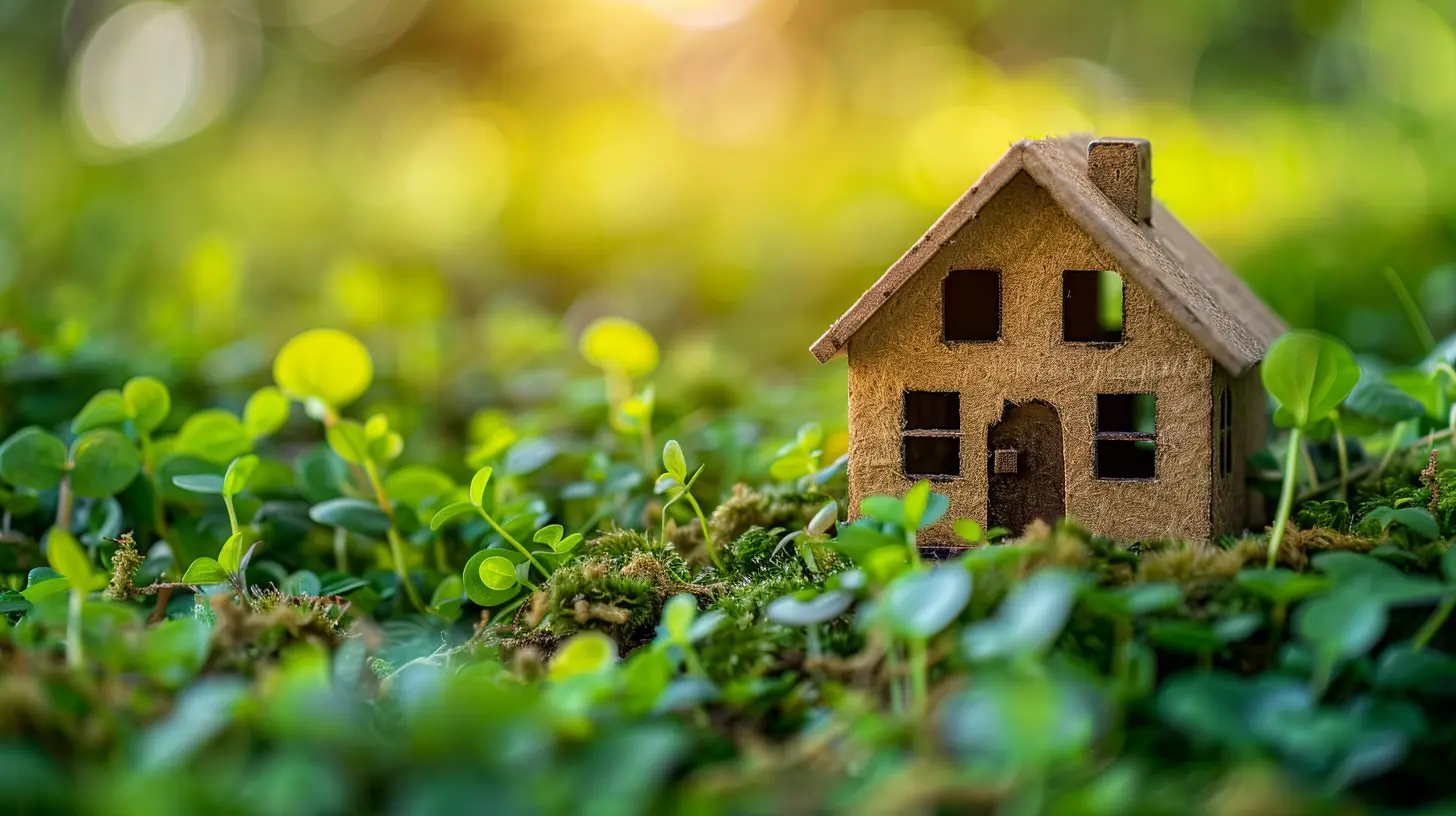
2. Energy-Efficient Windows: Stop Letting Money Fly Out the Window
Old, drafty windows are a silent killer for energy efficiency. You might as well be throwing cash out of them every winter.Upgrading to double or triple-pane energy-efficient windows can:
- Prevent heat loss in winter.
- Keep your home cool in summer.
- Cut down on noise pollution (hello, peaceful living!).
Look for windows with low-E coatings and durable frames. This upgrade pays for itself in lower heating and cooling costs.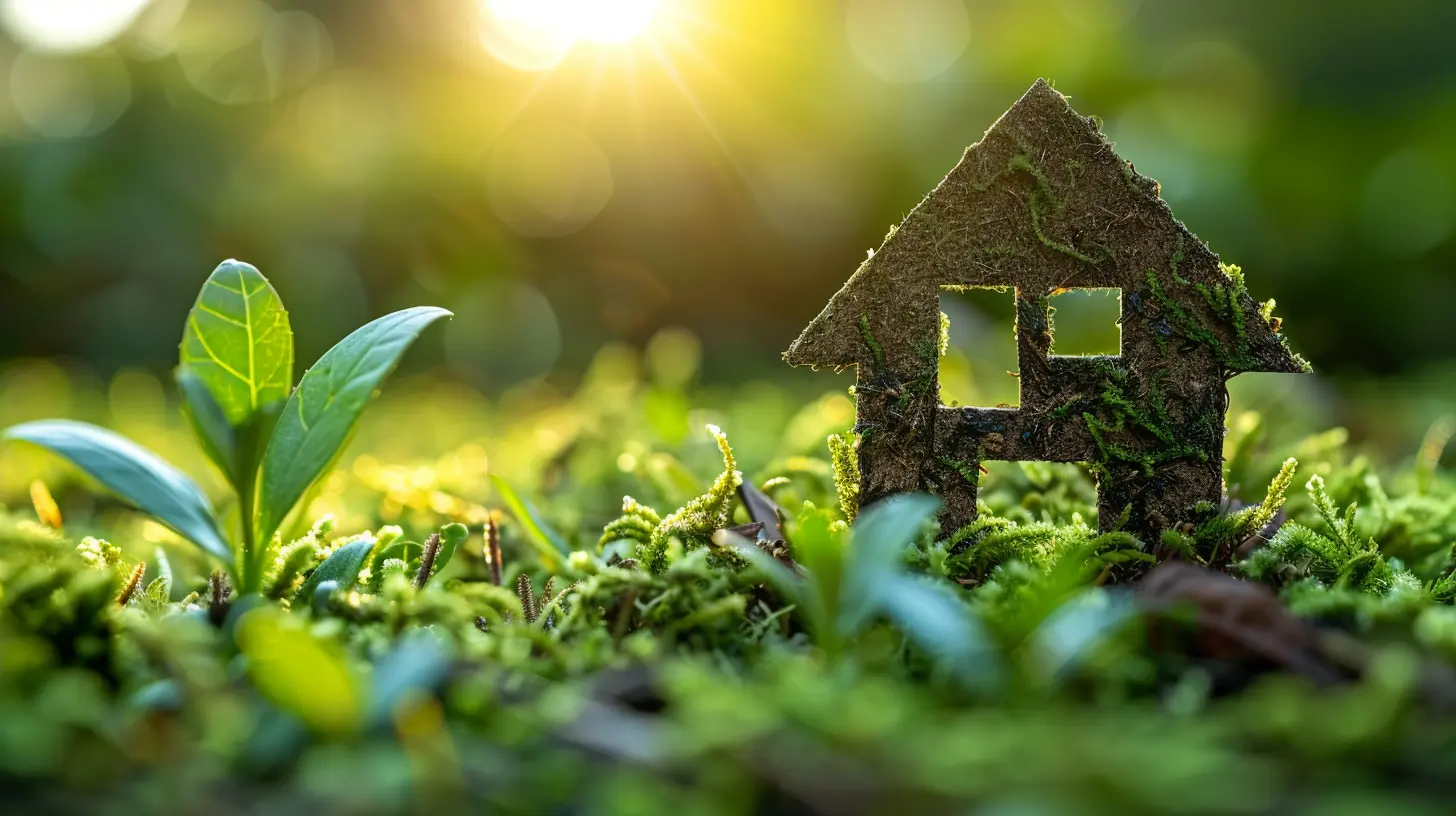
3. Smart Thermostats: Set It and Forget It
Are you still manually adjusting your thermostat like it’s 1999? It’s time to level up.A smart thermostat like Nest or Ecobee learns your habits and adjusts the temperature automatically. The result? Lower energy use and a perfectly comfortable home, 24/7.
Why smart thermostats rock:
- Automatic energy savings – No more wasting energy when you’re not home.
- Remote control – Adjust temps from your phone.
- Integration with smart home systems – Connects with Alexa or Google Home.
And let’s be real—there’s something deeply satisfying about controlling your home’s temperature with a single tap on your phone.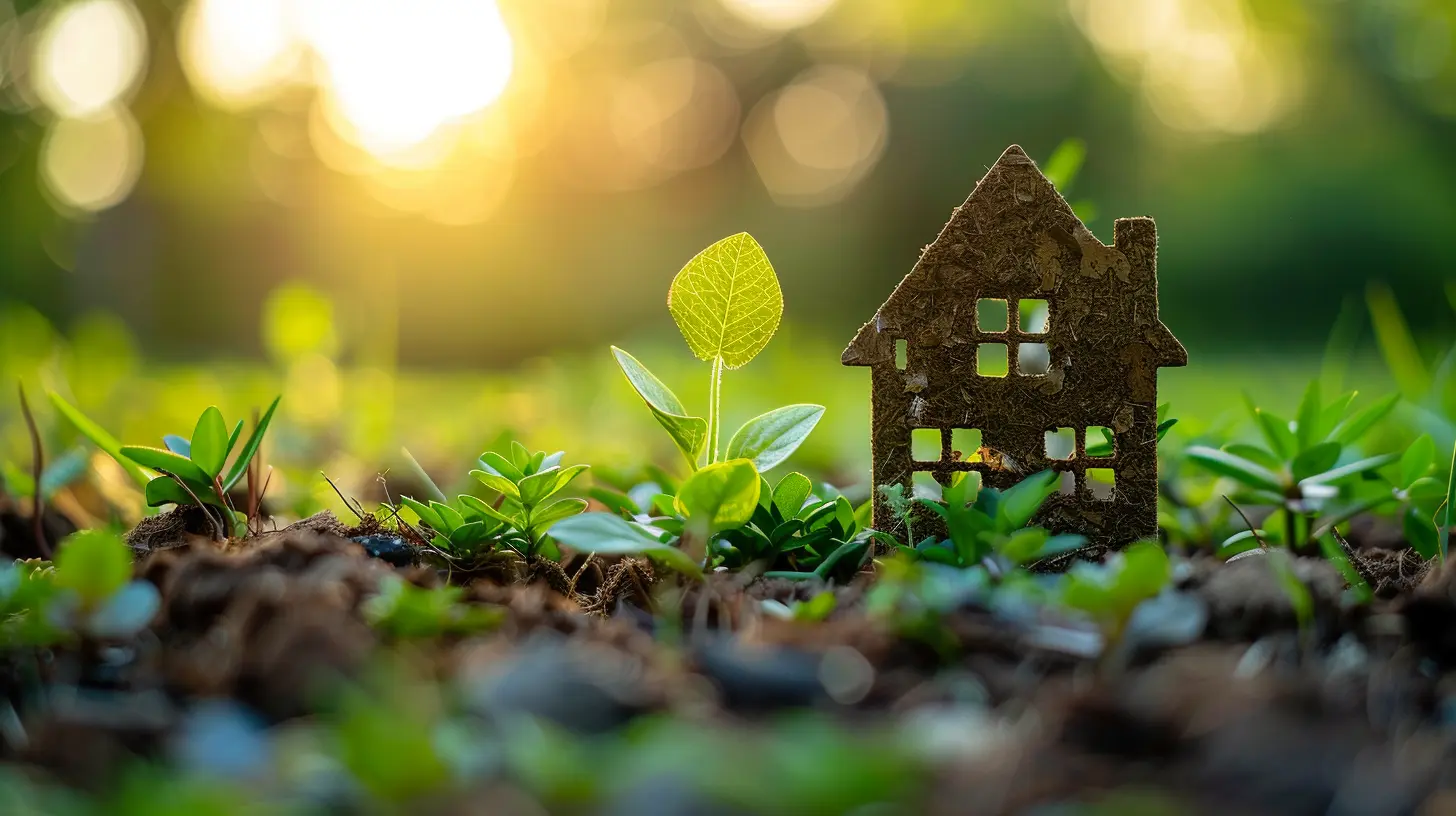
4. Insulation Upgrades: The Hidden Hero of Energy Efficiency
Your home’s insulation is like a warm jacket in winter and a cool shade in summer. If it’s outdated or insufficient, your HVAC system has to work overtime, driving up energy costs.Key areas to insulate:
- Attic: Heat rises, and if your attic isn’t properly insulated, you’re losing serious warmth in winter.
- Walls: Especially in older homes, wall insulation can make a world of difference.
- Doors and floors: Sealing up gaps prevents drafts and keeps your home cozy.
Bonus tip: Use eco-friendly insulation materials like recycled denim, sheep’s wool, or cellulose to keep it green all the way.
5. Water-Saving Upgrades: Every Drop Counts
Think you're using water efficiently? Think again. The average suburban household wastes thousands of gallons per year due to inefficient fixtures and wasteful habits.Start with these simple upgrades:
- Low-flow toilets: Save up to 13,000 gallons of water yearly.
- Water-efficient showerheads: Enjoy a powerful shower while using 50% less water.
- Faucet aerators: A cheap fix that cuts water waste without reducing pressure.
And if you want to go the extra mile, a rainwater harvesting system can collect and store rainwater for irrigation—because why let all that free water go to waste?
6. LED Lighting: A No-Brainer Upgrade
Still using incandescent bulbs? Time to retire those energy-sucking dinosaurs.Switching to LED bulbs is one of the simplest and most cost-effective eco-friendly upgrades. They use 75% less energy and last 25 times longer than traditional bulbs.
Other lighting hacks:
- Motion sensors: Lights on only when needed.
- Dimmer switches: Reduce electricity use and set the mood.
- Solar-powered outdoor lights: Zero electricity cost, 100% ambiance.
It’s an easy switch that makes a noticeable difference on your power bill.
7. Smart Power Strips: Stop Vampire Energy Drain
Did you know electronics still draw power even when turned off? This “phantom energy” drain can add hundreds to your annual electricity bill.A smart power strip automatically cuts off power to devices when they’re not in use. Plug in your TVs, gaming consoles, and chargers, and let the strip do the work. It’s a small change with big benefits.
8. Sustainable Landscaping: A Greener Yard (Literally and Figuratively)
Your front and backyard can be eco-friendly too! Traditional landscaping often wastes water and relies on harmful fertilizers. Instead, rethink your outdoor space with these sustainable ideas:- Native plants: Require less water and thrive in local conditions.
- Drought-resistant grass: Reduces watering needs.
- Mulching: Helps retain moisture and cuts down on weeds.
- Composting: Turns food scraps into nutrient-rich soil.
And if you really want to go all-in, consider an edible garden with fruits, veggies, and herbs—fresh produce at your fingertips.
9. Energy-Efficient Appliances: Upgrade and Save
Your washer, dryer, fridge, and dishwasher could be silently sucking up more power than necessary. Energy Star-rated appliances use up to 50% less energy than older models.Appliance upgrades worth considering:
- Front-load washing machines: Use less water and energy.
- Energy-efficient refrigerators: Keeps food fresh with minimal power.
- Induction stoves: More efficient than gas or traditional electric stoves.
- Tankless water heaters: Heat water only when needed—no standby energy loss.
Is replacing appliances a big investment? Sure. But with lower utility bills, the savings add up fast.
10. Green Roofing: More Than Just a Pretty Cover
A traditional roof absorbs a ton of heat, making your AC work overtime. Enter: green roofing.Options include:
- Cool roofs: Reflect sunlight instead of absorbing it.
- Living roofs: Covered in plants to reduce heat and improve insulation.
- Recycled roofing materials: Made from reclaimed metal, rubber, or plastic.
Not only do they cut down energy costs, but they also look stunning. Imagine a roof covered in lush greenery—it’s like having your own private oasis.
11. Greywater Recycling: Reduce, Reuse, Recycle (Even Water!)
Greywater is the relatively clean wastewater from your sinks, showers, and washing machines. Instead of letting it go to waste, a greywater system can reuse it for flushing toilets and irrigation.Why it’s awesome:
- Cuts water usage by up to 40%.
- Reduces strain on municipal water systems.
- Great for gardens and landscapes.
It’s a smart move, especially in areas prone to droughts or high water costs.
Final Thoughts: Small Changes, Big Impact
Living sustainably doesn't mean sacrificing comfort. Every eco-friendly upgrade you make, no matter how small, pushes the needle toward a greener future. Whether it’s installing solar panels or just swapping out your old light bulbs, your choices matter.The best part? These upgrades don’t just benefit the planet—they also put more money back in your pocket. Lower utility bills, fewer maintenance costs, and potential tax incentives make eco-friendly living a win-win.
So, what’s stopping you? Start making your suburban home a green haven today.
all images in this post were generated using AI tools
Category:
Suburban HomesAuthor:

Melanie Kirkland
Discussion
rate this article
1 comments
Zylith Vance
Great insights! These eco-friendly upgrades can truly enhance sustainability and value in suburban homes.
August 24, 2025 at 4:02 AM

Melanie Kirkland
Thank you! I'm glad you found the insights valuable for enhancing sustainability in suburban homes.
